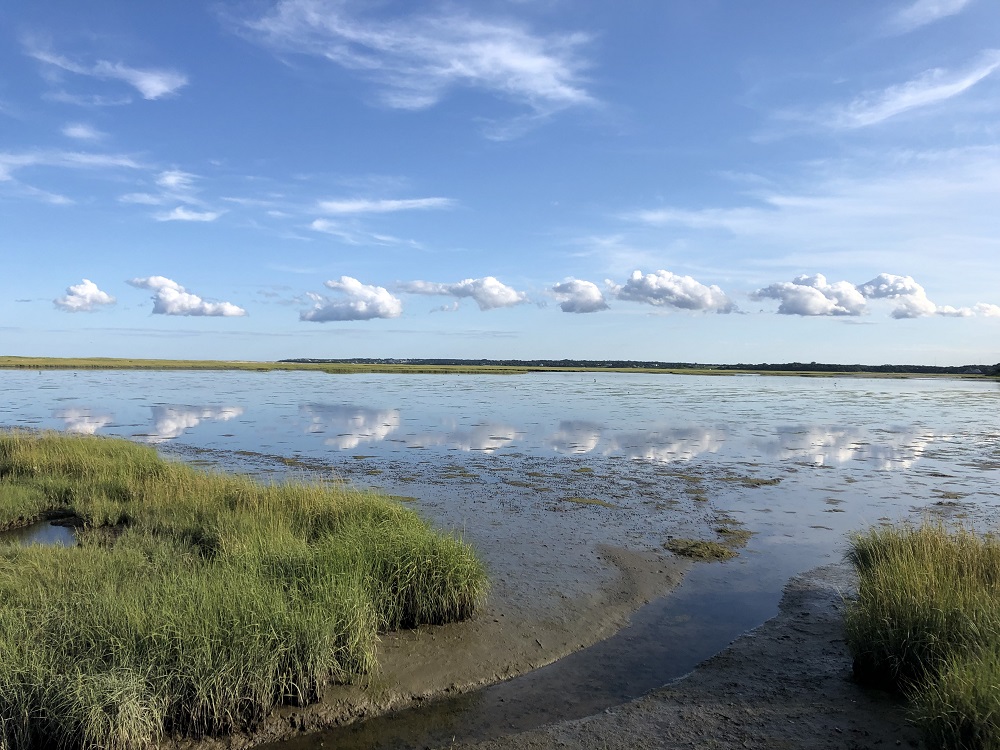
The HOPE National Advisory Board met virtually on July 14. This extraordinary and diverse group of leaders is deeply invested in the success of our work. Over the past year, we’ve built the trust needed to have candid conversations about difficult topics. This blog post shares some insights gained from our conversation about the relationship between HOPE, anti-racism, and inequities children face in the United States.
One advisory board member challenged us to do a better job of calling out the problematic mindset HOPE seeks to shift, rooted in a long history of institutional anti-Black racism. This challenge led us on a deep and insightful conversation throughout the meeting, which we reflect on here. Please use the comments box below to send us your thoughts.
Categorizing and defining some people as “Other” (built on racism, classism, ableism, gender bias, homophobia, and intersections of such discrimination) works to preserve the power and status of the in-group, in addition to upholding structures that define, measure, and further oppress the Other. Reliance on risk-based assessment places families into overlapping categories of risk and demographics. On the face of it, devoid of historical or social context, this process appears to bring evidence-based approaches to support “vulnerable” families. Providers may view families as the Other while placing individual blame for factors which result from current and historical oppressions.
There are several problems inherent in an exclusively risk-based approach. First, service providers define the problems to be addressed. If the problems identified don’t match the priorities of the families involved, whether through lack of cultural competency or other factors, or families are less interested in the services offered, the focus shifts from helping families to convincing them of the identified problems and moving them to accepting services. Families may be labelled as difficult or noncompliant, and providers may become more likely to either abandon them or escalate their offers of support. Fundamentally, the care system fails to systematically recognize individual and family agency and inherent expertise, overlooking their ability to define their own problems, prioritize those that need attention, and choose effective services and service providers when provided with adequate information
Systems that revolve around screening and referral perpetuate hierarchies of power. Although the individuals conducting the screening are highly trained and well-intentioned, risk-based protocols focus on a top-down view of families. Rather than developing true partnerships and lasting relationships between providers and those we care for, we create divisions. Identifying vulnerabilities in this way may contribute to perceptions of judgmental providers, inhibiting the formation of supportive relationships.
It doesn’t help, of course, that many of the risks we identify are themselves clear results of systemic racism and oppression. Uprooting the sources of those risks requires solutions that go beyond the actions of individual families. For example, having a family member incarcerated is an adverse childhood experience (ACE). The American system of mass incarceration, which targets Black communities and especially Black men, systematically removes parents from their families and youths from schools. Our generations-long practice of redlining has resulted in huge wealth gaps and unequal access to healthy living conditions and community resources, amplifying chronic health disparities, as well as increasing family stress associated with economic hardship. Looked at through this lens, screening for childhood adversity, without considering social and historical context, transforms long-term, systemic racism into individual pathologies. This process shifts attention away from systemic solutions and fails to recognize – much less honor and celebrate – those factors associated with individual and community resilience.
Despite these unintended effects of current practice standards, many providers have developed deep, supportive, and effective relationships with patients and clients. In our work around the country with HOPE, we have been overwhelmed by the knowledge, skill, and passionate commitment that so many providers bring to their work with children and families, as well as the ways they have adapted their own practices to meet the individual and cultural needs of their communities. HOPE asks, why do these providers need to swim upstream?
HOPE offers a change in mindset that allows providers to view individuals and families in multiple dimensions. HOPE emphasizes that learning about strengths and sources of resilience and healing are just as important as learning about adversity and trauma. This view carries forward some of the core concepts of trauma-informed care, in which individuals are not asked, “What is wrong with you,” and instead asked, “What happened to you?” HOPE adds to this by asking a series of questions that lead to an appreciation of an individual’s strengths and resilience: for example, “Tell me about a time when you succeeded.” When fully actualized, providers who have been trained to see individual and family strengths gain a sense of commitment and empathy. These strengths, relationships, and connections can be incorporated into joint decision-making regarding the identification and prioritization of problems faced by families. This approach does not eliminate the utility of standardized screens for concrete support, mental illness, substance use disorder, etc. Rather, HOPE recognizes the essential agency of individuals and families, emphasizes the families’ own expertise on their lives, and seeks to create the possibility for a new form of relationship between service providers and the families we serve.
Identifying family strengths, relationships, and connections also offers HOPE-trained providers perspectives in which not all problems are individual pathologies, and not all solutions are professional services. By helping individuals identify key foundational relationships and the steps they can take to preserve those, by helping our organizations engage with families and communities, by finding family, school, and community environments that support child growth, and by working with families and communities to create opportunities for social/emotional development, we have now identified a broadened universe of possibilities to form joint problem-solving partnerships that address family needs.
HOPE builds on all the work that has been accomplished in the last few decades. When families identify mental health issues, effective treatments are available. Knowledgeable providers can help families identify resources that address food insecurity, through knowledge of public benefits and private charitable supports. Most communities have services for individuals in abusive relationships, and knowledge of these resources can support individuals when they choose to access information and assistance.
In closing, HOPE was developed using the Science of the Positive approach, which points out that the positive exists in ourselves and in our communities. The Science of the Positive works in virtuous cycle: spirit first, then science, action, and reflection. The spirit of HOPE is one of empathy, respect and collaboration – and opposed to “Othering” those we serve. The science of HOPE is profound – healthy brain development requires key positive experiences, beginning with the foundational relationships that begin at the moment of birth. HOPE actions translate this science and can create changes in our mindsets, tools, and programs to support collaborative relationships that prevent adversity, promote resilience, and accelerate healing. Finally, our work together provides moments – such as this week’s advisory board – for reflection and its result, deeper comprehension of the task ahead and the wind at our backs.


